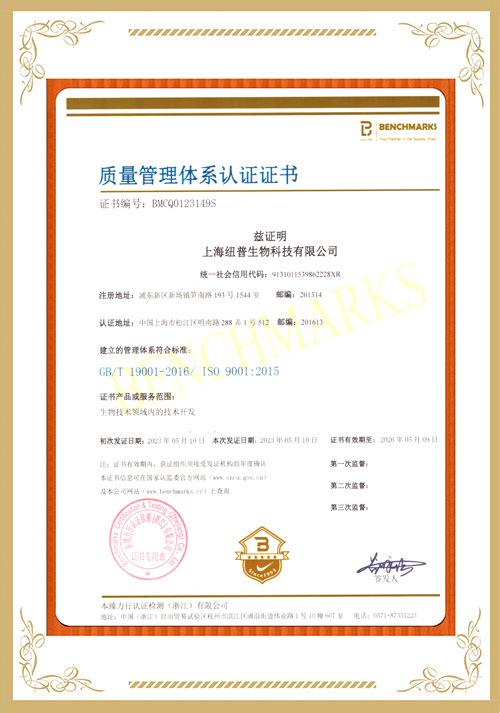- 抗体类型:多克隆
- 抗体来源:兔
- 抗体应用:WB, IHC-P, IP
- 特异性:Human PLBD2
产品详情
-
产品名称
Anti-PLBD2 antibody
-
抗体类型
多克隆
-
抗体来源
兔
-
抗体亚型
兔IgG
-
抗体描述
Rabbit Polyclonal to Human PLBD2
-
抗体应用
WB, IHC-P, IP
-
应用推荐
WB: 5-20 μg/ml
IHC-P: 0.1-2 μg/mL
IP: 4-8 μl/mg of lysate
-
特异性
Human PLBD2
-
蛋白别名
P76, AU019810, 1300012G16Rik, P76, phospholipase B domain containing 2, PLBD2, P76, 76 kDa protein, LAMA-like protein 2, PLB homolog 2, lamina ancestor homolog 2, mannose-6-phosphate protein associated protein p76, phospholipase B domain-containing protein 2, phospholipase B-like 2 32 kDa form, phospholipase B-like 2 45 kDa form, putative phospholipase B-like 2, phospholipase B domain containing 2, Plbd2, 1300012G16Rik, AU019810, P76, 66.3 kDa protein, 76 kDa protein, LAMA-like protein 2, lamina ancestor homolog 2, phospholipase B domain-containing protein 2, putative phospholipase B-like 2
-
制备方法
Produced in rabbits immunized with purified, recombinant Human PLBD2 . PLBD2 specific IgG was purified by Human PLBD2 affinity chromatography.
-
组分
0.2 μm filtered solution in PBS
-
储存方法
This antibody can be stored at 2℃-8℃ for one month without detectable loss of activity. Antibody products are stable for twelve months from date of receipt when stored at -20℃ to -80℃. Preservative-Free.
Sodium azide is recommended to avoid contamination (final concentration 0.05%-0.1%). It is toxic to cells and should be disposed of properly. Avoid repeated freeze-thaw cycles. -
背景介绍
PLBD2 localizes to the lysosome, as its absence could plausibly lead to a serious yet unrecognized lysosomal storage disease. PLBD1 and PLBD2 are semi-orphans in the sense of being probable phospholipases of B class but with uncertain physiological substrates and thus functionalities. PLBD1 and PLBD2 constitute a small gene family (sequence homology class) within vertebrates though one that occurs expanded in some early diverging eukaryotes. PLBD2 presents a special difficulty in that a sequence of post-translational steps are apparently necessary for its activation. Without these, potential substrates can hardly be assayed. These steps include removal of the signal peptide, mannosylation appropriate to the lysosome targeting receptor, and self-catalytic proteolytic activation to expose the substrate binding site as this becomes appropriate.


